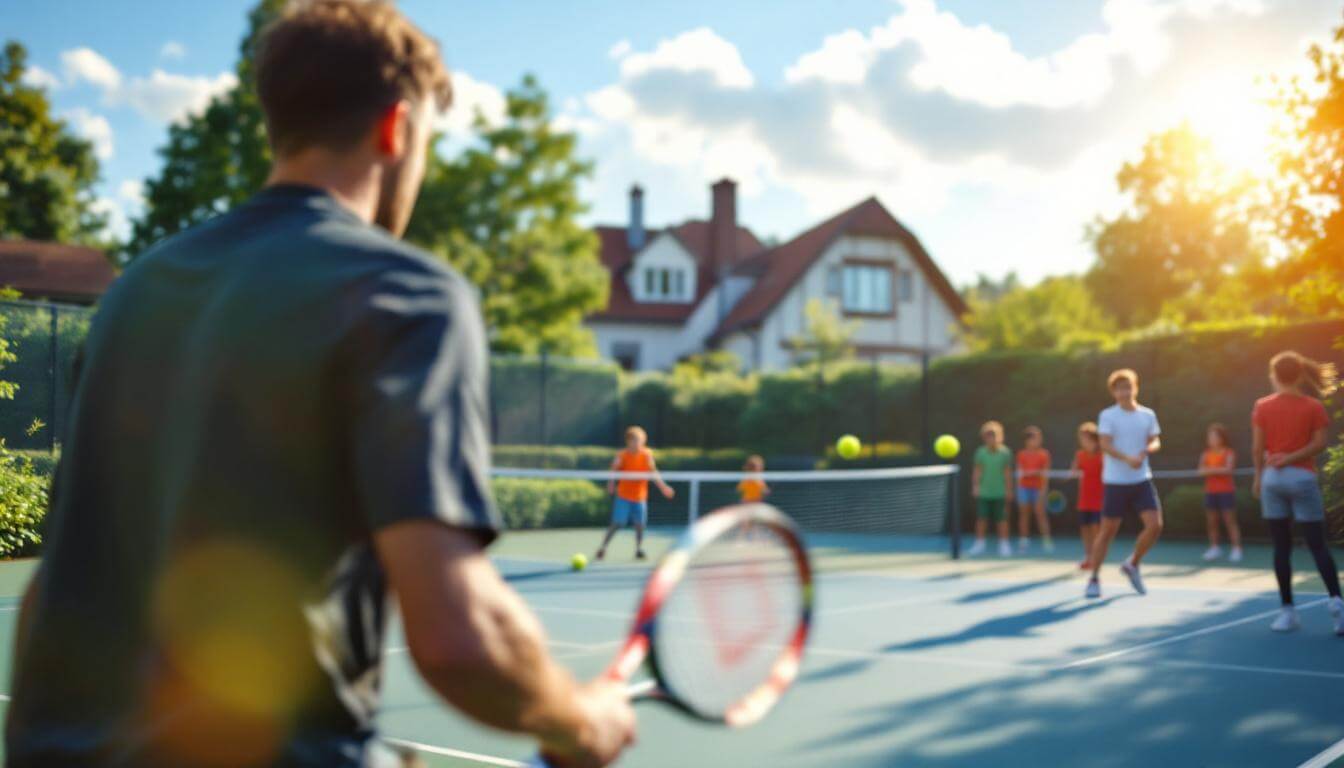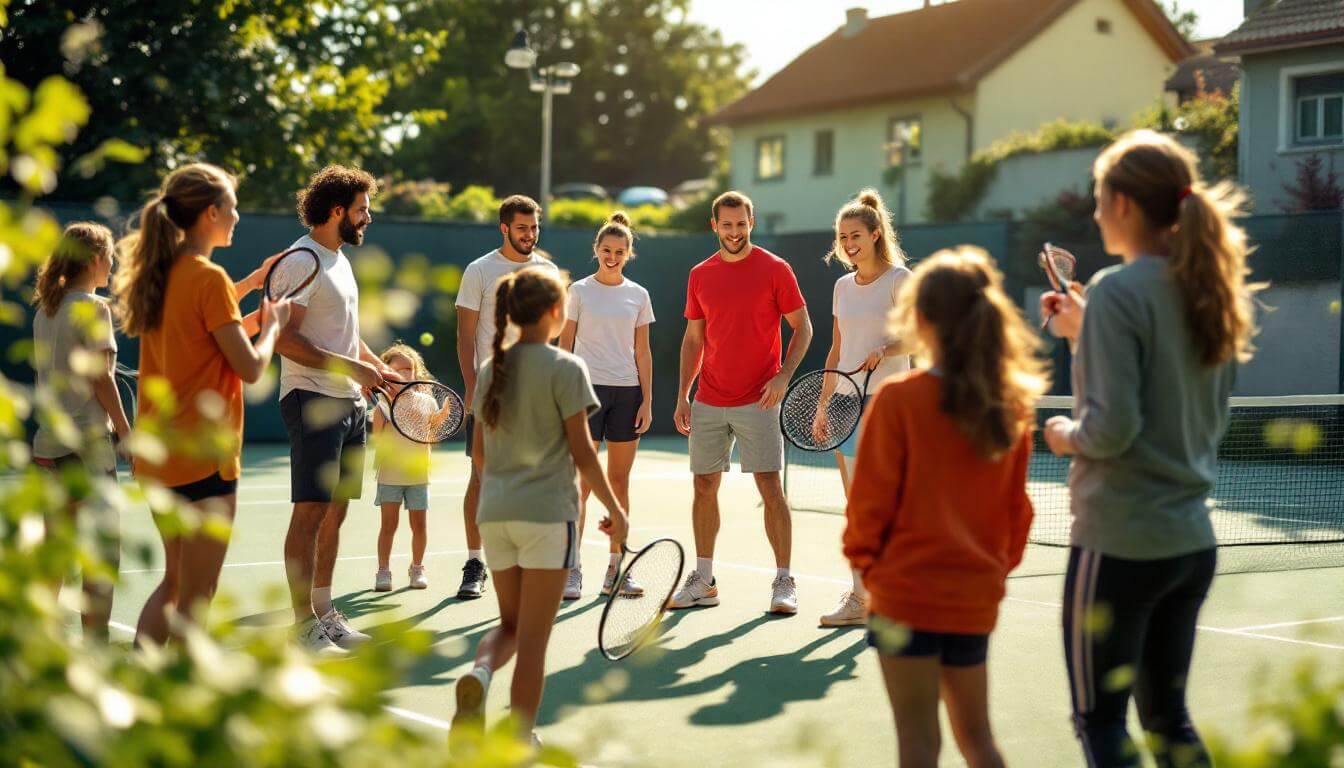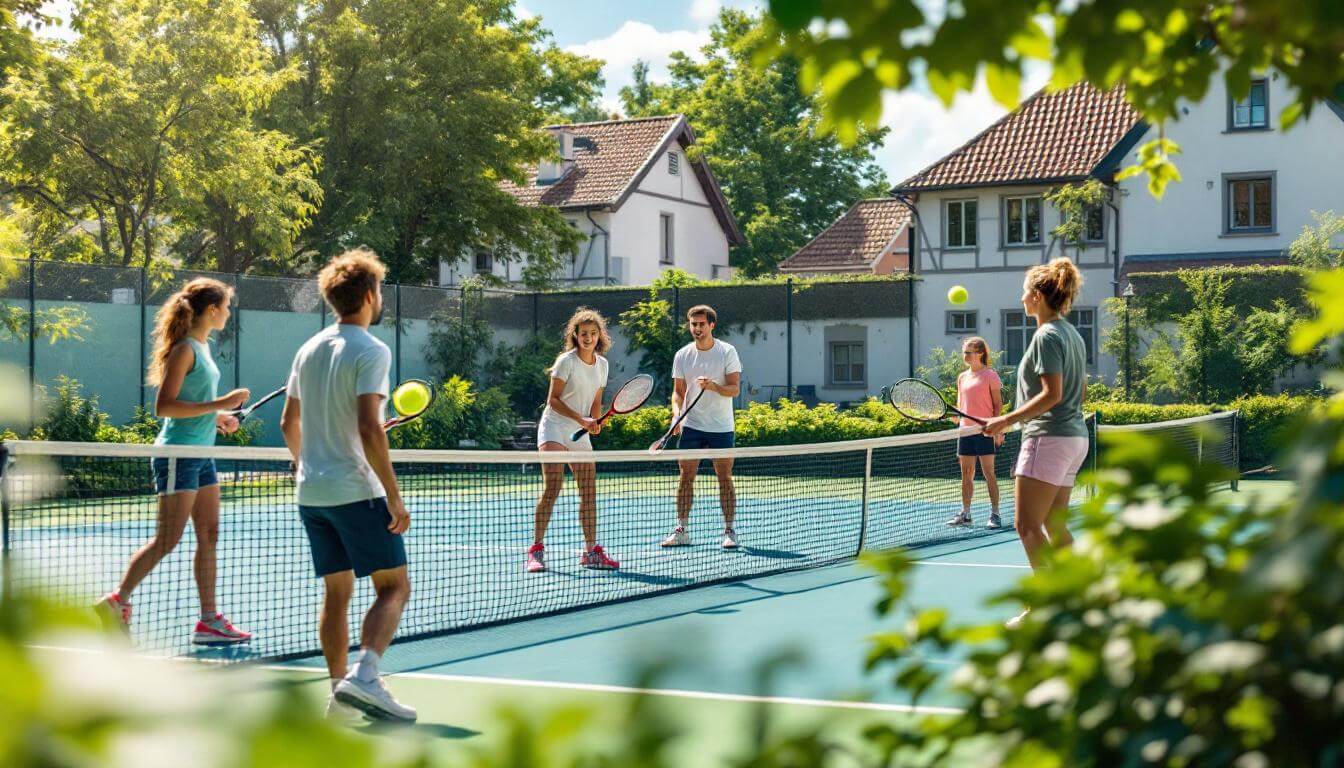Estimated reading time: 9 minutes
Key Takeaways
- Local visibility first: Optimize your Google Business Profile and create location-based landing pages to dominate local searches.
- Structured content: Use clear H1–H3 tags, concise meta descriptions, and keyword clusters around courses, camps, and trainer profiles.
- Reviews and backlinks: Active reviews and partnerships with clubs, schools, and local media enhance authority and rankings.
- Quick to implement: Small technical fixes, better internal linking, and FAQ content often deliver quick ranking gains.
- Focus on continuous optimization instead of one-time actions – this will keep your tennis school visible on Google in the long term.
Table of Contents
- Introduction: SEO for tennis schools explained
- Why SEO is so important for tennis schools
- Understanding target groups and search intent
- The most important SEO measures
- Conclusion
- FAQ
Introduction: SEO for tennis schools explained
Do you run a tennis school and wonder why potential customers cannot find you online? The answer is SEO for tennis schools – a targeted strategy to make your tennis school visible on Google. This guide will take you step by step to a better Google ranking for tennis courses, camps, and individual training.
SEO for tennis schools is search engine optimization tailored for tennis providers. The goal is to appear at the top when parents search for children’s courses or recreational players want to find a qualified coach nearby. You can find a helpful practical article on organization here: Tips for the efficient organization of your tennis school.
Over 80% of parents, recreational players, and club managers start their search for tennis courses, trainers, and locations on Google – those who are visible win.
More info for clubs: SEO for clubs · Practical article: How to improve your Google rankings
Why SEO is so important for tennis schools
Traditional offline advertising with flyers or local ads no longer works alone. Your target groups compare digitally and make decisions based on online research. Find inspirations for marketing in 8 ways to market your tennis school.
- More qualified inquiries for courses and individual training
- Higher occupancy of your tennis camps and holiday courses
- Better planning through a constant influx of new prospects
- Lower acquisition costs compared to paid advertising
Competitive advantage: While many tennis clubs still have an unstructured digital presence, you can professionally optimize as a commercial tennis school – and thus overtake them in the Google ranking.
Dive deeper: SEO for clubs · Increase Google rankings
Understanding target groups and recognizing search intent
Your three main target groups
Parents
- Look for safe and qualified children’s courses
- Important: Training times, prices, reviews
Typical search query: “Tennis school children’s course in [city]”
Recreational players
- Look for flexible training options and ongoing courses
- Inform themselves about available spots, trainer profiles, and course content
Common search query: “Tennis training for adults in [region]”
Club managers
- Look for cooperation partners with professional concepts
- Important: References, process, planning certainty
Typical search query: “Tennis school cooperation club”
The most important SEO measures for tennis schools
On-page optimization
Create a separate landing page for each course type (children, adults, camps, individual lessons) and each catchment area. Use relevant terms, clear headings, and integrate the main keyword naturally. A practical guide: Student acquisition: strategies for tennis schools.
Optimize the title tag, meta description, and H1–H3 tags purposefully. Official recommendations can be found in the Google SEO Starter Guide. Also pay attention to internal linking between course pages, trainer profiles, and blog articles.
Local SEO for tennis schools
Maintain your Google Business Profile with images, offers, course times, and posts. Actively gather reviews and answer questions. Additional impulses can be found in Marketing your tennis school locally.
Building backlinks and local partnerships
Cooperate with sports clubs, schools, city portals, and local blogs. Mentions and links enhance authority and visibility. A practical guide: Marketing your tennis school – guide.
Tip: Ask partners for specific links to your course pages (e.g., “children’s courses Munich”), not just to the homepage. This strengthens relevance for local keywords.
Conclusion
With a clear SEO strategy, you make your tennis school visible on Google – from on-page to local SEO to backlinks. This way, you sustainably gain more course participants and bookings. You can find more marketing approaches in strategies for attracting new students to your tennis school as well as in SEO for clubs.
FAQ
How long does it take for SEO results for a tennis school to become visible?
You often see the first effects after 4–8 weeks (e.g., more impressions). Stable rankings and bookings typically occur within 3–6 months, depending on competition, content quality, and local focus.
What is more important: Google Ads or SEO for tennis schools?
Both complement each other: Ads deliver instant traffic, while SEO ensures sustainable, cost-efficient visibility. Many tennis schools use Ads for seasonal peaks and simultaneously build SEO as a permanent channel.
Which keywords should I use for my tennis school?
Combine local terms with service descriptions, e.g., “children’s tennis course [city],” “adult tennis training [district],” “summer tennis camp [region].” Add long-tails like “individual tennis training price [city].”
How do I optimize my Google Business Profile for better rankings?
Complete categories, opening hours, services, images, and posts. Actively request reviews, answer questions, and link to relevant course pages. Help: Google Business Profile – Guide.
Do I need separate landing pages for each city or location?
Yes, if you serve multiple catchment areas. Create a page for each location with individual content (trainer team, courts, times, reviews). This strengthens local relevance and improves conversion rates.



